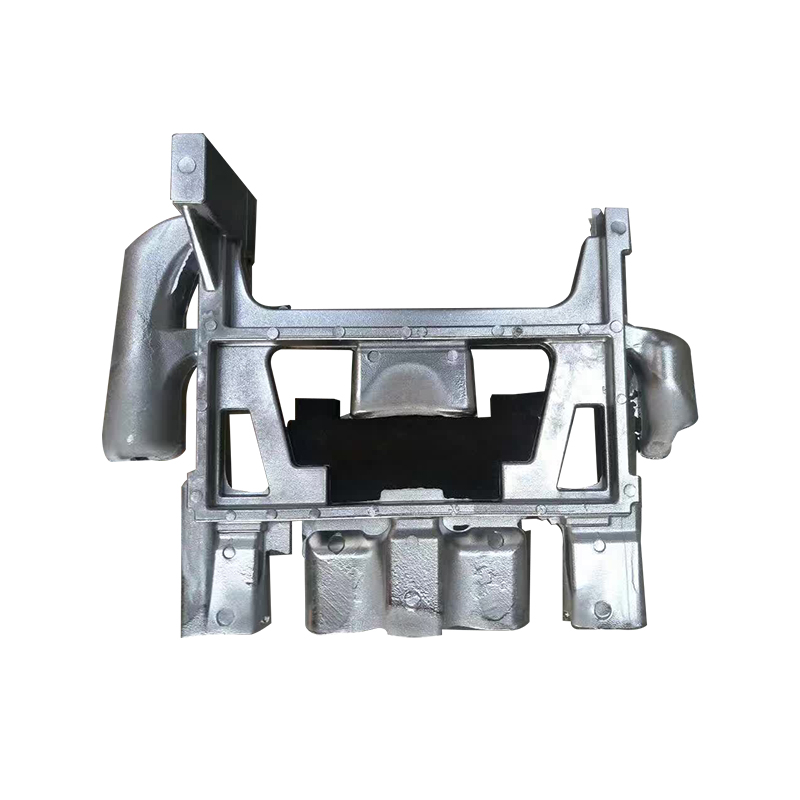This page displays high-quality casting case studies customized for our clients in the foundry industry. Each product is tailor-made to meet specific technical requirements, material standards, and application scenarios. We specialize in personalized customization of casting machinery and components—what you see here are not standard products, but demonstrations of our technical expertise and bespoke capabilities. Whether it’s special materials, precision dimensions, or complex structural demands, we deliver professional casting solutions to create exclusive value for your projects.
Casting molds are essential tools in the manufacturing process, enabling the production of intricate and high-quality metal parts. These molds come in two main types: metal casting molds and shell sand casting molds, each offering unique benefits for various applications.
Metal Casting Molds
Metal casting molds are designed to withstand high temperatures, making them ideal for casting molten metals. These molds are typically made from strong materials such as steel or iron, allowing them to maintain structural integrity even under special conditions. The main advantage of metal casting molds is their ability to produce parts with high dimensional accuracy and smooth surface finishes. These molds are commonly used in industries such as aerospace, automotive, and heavy machinery manufacturing, where durability and precision are .
The metal casting mold process involves pouring molten metal into the mold cavity, where it solidifies to form the desired shape. This method is especially effective for large-volume production, as metal molds can be reused multiple times, making them cost-effective over long production runs.
Shell Sand Casting Molds
In contrast, shell sand casting molds are more flexible and are often used for smaller production batches or more intricate designs. These molds are created by coating a pattern with a fine layer of sand mixed with a binder, which forms a shell around the object. Once the mold is hardened, the pattern is removed, leaving a cavity that can be filled with molten metal.
One of the main advantages of shell sand casting molds is their ability to produce complex geometries that would be difficult to achieve with metal molds. This type of mold is particularly useful for producing detailed castings in industries such as jewelry making, art, and small component manufacturing. Despite their relatively simple construction, shell sand casting molds provide a high degree of accuracy and are well-suited for applications requiring fine details.
Choosing the Right Casting Mold
The choice between metal casting molds and shell sand casting molds depends largely on the specific requirements of the casting project. For larger, high-volume productions requiring durability and efficiency, metal casting molds are often the better choice. On the other hand, for projects that demand intricate designs or are limited in quantity, shell sand casting molds are an outstanding option.
Both types of molds offer distinct advantages that cater to different manufacturing needs. Whether you opt for the strength and reusability of metal casting molds or the precision and versatility of shell sand casting molds, both provide reliable and high-quality results.
Casting molds are indispensable in modern manufacturing, offering a wide range of possibilities for producing complex metal components. By understanding the benefits and applications of metal casting molds and shell sand casting molds, manufacturers can make more informed decisions about which type of mold good suits their needs, ensuring high-quality and efficient production.

 En
En
 русский
русский Español
Español عربى
عربى Deutsch
Deutsch














